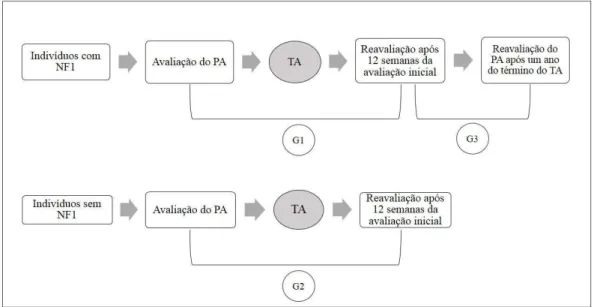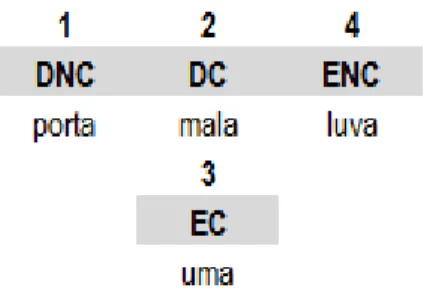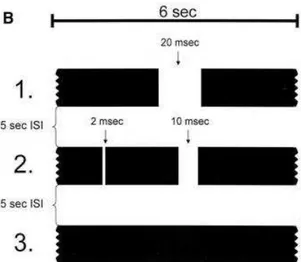Treinamento auditivo acusticamente controlado em pacientes com neurofibromatose tipo 1
Texto
Imagem

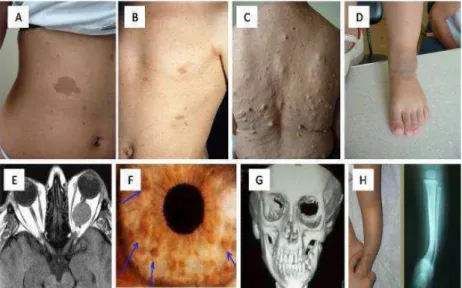
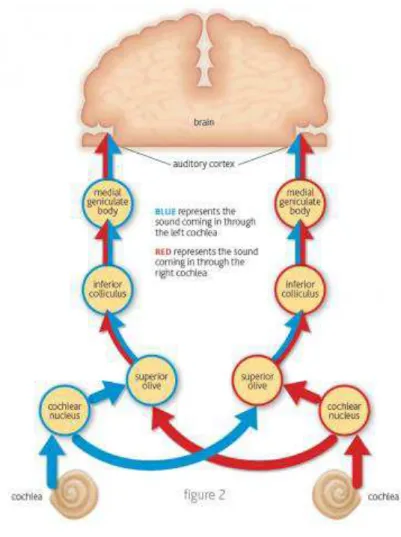
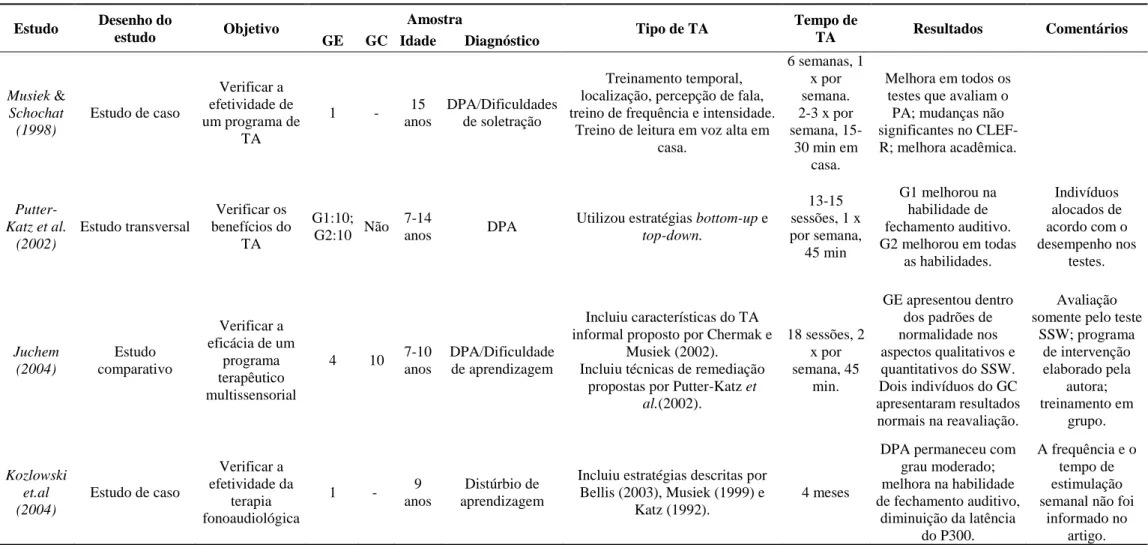
Documentos relacionados
Introduction: The action of listening involves a complex interaction between the peripheral and central auditory systems. Central auditory processing disorder can be described as
As duas conclusões foram: o pemedebismo partidário-institucional conservador enquanto institucionalismo forte não pode ser entendido apenas como um puro
Partindo do pressuposto de que, conforme a formação ideológica da igreja é necessário contribuir financeiramente, colaborar com o dízimo, para alcançar benefícios e ter as
assessment of temporal auditory processing in children with and without Attention Deicit Disorder with Hyperactivity showed that subjects with Attention Deicit Disorder
Cassab and Zorzetto (2002) 35 , used the auditory fusion test revised (AFT-R) in children with CLP, with the goal of investigating one of the central auditory processing
Long latency auditory evoked potentials and central auditory processing in children with reading and writing alterations: preliminary data.. Arq
The purpose of this study was to determine the middle latency response (MLR) characteristics (latency and amplitude) in chil- dren with (central) auditory processing disorder
(20) applied formal auditory training to groups of children with both language and auditory processing disorders; in contrast to the untrained group, both of the trained groups
